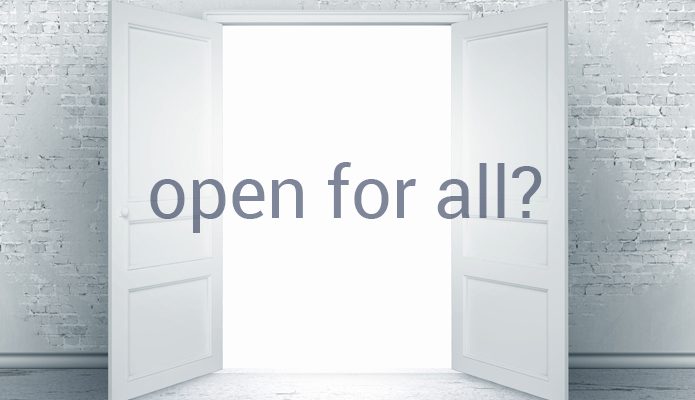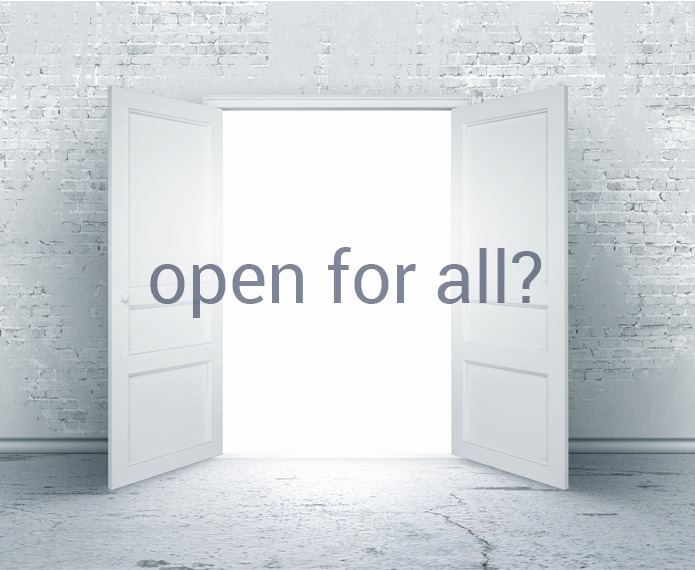The thinking of Comrade F. Dobler from the early 20th century remains relevant and even prescient: those who need open access to information may be those who are fundamentally excluded from public libraries.

Old Wine In New Bottles: The Traditional Public Library
The Traditional Public Library has not changed fundamentally from when it was first introduced in the mid-nineteenth century. While many people continue to believe that it was driven by a desire to educate the working classes, it was in fact designed to monitor and manage the time of the deserving poor.
It was an agency of social control rather than social change.
This can be evidenced from its strategies, structures, systems and culture. Many of these have not changed over the years. There has been some modernization but no transformation. This is a classic case of old wine in new bottles.
Let me give you a good and very typical example of what I’m talking about. The Dartford Free Library (in Kent, England) was opened 100 years ago. The opening quotes in each section are from a contemporary newspaper report published on 31 December 1915.
Buildings
“The building is a handsome one, pleasantly situated in a quiet spot, though in the heart of the busiest part of town.”
The vast majority of public library services continue to be delivered from buildings; in many cases the library building is synonymous with the library service. When people think of the library they often visualize it as a building full of books. And perhaps a few “Silence Please” signs.
Space
“Inside the accommodation is well designed and ordered and altogether the library is a model building of its kind. It has been designed for utility, and the clever manner in which the space has been utilised has made the most of the ground available.”
Today there is still much discussion about how best to make use of library space; the real debate should be how to convert library space into democratic public space.
Collections
“A very large number of volumes are already in the library and a clever selection has ensured that all tastes and requirements are catered for.”
The public library continues to be judged on the quantity of its collections. But as David Lankes has pointed out, “Bad libraries build collections.” Quality remains a secondary consideration. And selection remains firmly in the hands of professional librarians who continue to choose collections based on their personal values and world views – typically white, female and middle class.
Departments
“The public reading room has accommodation for 48 periodicals and 20 newspapers. Round the room are racks in which are kept directories and various books of reference.”
Despite the advent of the internet and online magazine providers, many public libraries continue to offer reference services which do not differ significantly from the Mechanics Institutes which preceded public libraries. These are often located on the upper floor to demonstrate the higher place which reference services continue to occupy in the public library hierarchy. The Children’s Library is in the basement, of course.
Security
“The principle of open access to the books has been adopted, although the general property of the rate-payers has been carefully safeguarded in as much as it is impossible for anyone to enter the library without the assistance of an attendant who must release the catch of a low gate before admission can be gained.”
The attendant has been replaced by automated security gates but the principle and message remains the same – the library is the guardian and gatekeeper of information and knowledge. For many non library users these gates are just one of a range of physical and perceptual barriers.
Rules
“The would-be user, on entering, fills up a card stating that he or she is prepared to conform to the rules of the library, and is handed a ticket. With this ticket anyone residing in the town can borrow a book every day for twelve months.”
The public library continues to be rule-bound as we seek to control our patron’s reading habits through completely arbitrary regulations which determine how many items they can borrow and how long they can keep them for. The library card is given as a prize and a privilege to those who can prove their identity and address, and who promise to behave. For those who cannot pass this test – mostly the undeserving poor – they are either denied access or offered the patronizing tokenism of a ‘limit card.’
Classification
“The books are classified in two sections – novels and miscellaneous works. The system of classification is what is known as the Dewey decimal system.”
Most public libraries continue to present their collections in this way, with a hard and fast line drawn between Fiction and Non-Fiction (whatever that means). Many libraries display only the Dewey decimal numbers at the end of the Non-Fiction shelves. These numbers make perfect sense to cataloguers and librarians but to ordinary folk they may as well be Egyptian hieroglyphs.
Staff
“Mr Wood (Librarian) has had nearly twenty years experience and during that time has selected over twenty thousand volumes.”
For many public librarians the art (or is it a science?) of selection remains their most important, and closely guarded, skill.
On the face of it public libraries seem to have changed significantly over the past 100 years, but much of this change is superficial – new technology for example – and not fundamental. For many this is not a problem. If it ain’t broke then don’t fix it, as the saying goes.
But for me there will always be a problem when public libraries are actively used by only 20% of the community. And given that 80% of libraries are still Traditional, this is not likely to change any time soon.
John Pateman is the CEO / Chief Librarian of the Thunder Bay Public Library. The Open for All? column explores the nature of libraries and their commitment to openness.
